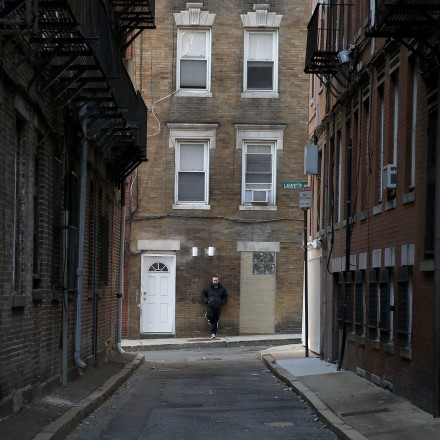Environmental Criminology & Violent Crimes

Environmental Criminology Articles
- Location & Crime
- Crime Prevention Through Environmental Design
- Weather, Heat & Violent Crimes
- Opportunity
- The Journey to Crime & Distance Decay
- Time And Place
- Jack the Ripper & Geographic Profiling
- Crime and the Urban Environment
- The Physical Environment Counts With Violence
All Criminology Articles
What Is Environmental Criminology?
Environmental Criminology (not to be confused with Green Criminology, that looks at crimes such as pollution, and illegal sanitation which pollutes rivers etc., or that area of criminal research that looks at wildlife poaching etc.), is the study of how time and space, creates criminal opportunities e.g., the temporal and spatial aspects of offending. This area of criminological research looks at why offending, such a street-robberies, are often concentrated in “hotspots”, that may be safe at certain times of day and unsafe at others e.g., a certain street corner in a financial district of a city may be virtually crime free during the day when the are is extremely busy, but become a crime hotspot at night when it is less crowded etc.
There are several key theories upon which environmental criminology is founded, these are: Routine Activities Theory, Rational Choice Theory and Crime Pattern Theory.
Routine Activity Theories (RAT) was developed by Felson and Cohen (1993), as a general theory of crime. It states that for an offense to be committed there must be a “Motivated Offender”, a “Suitable Victim”, and the lack of a “Capable Guardian”. When these three things intersect an offense will be committed. The theory has been criticized as it doesn’t look to explain what “motivates” an offender, or what constitutes a “Suitable Victim”, or a “Capable Guardian”, however this is not the intent of the theory i.e., it is a general theory looking to explain offending, rather than offenders etc. The theory also recognizes that offenders aren’t always motivated to offend, which can explain why there may be times a suitable victim isn’t targeted, even when in the presence of somebody who on another occasion would e.g., if a mugger/street robber happens to have a lot of money on them, they may not be motivated to rob somebody even if they would see them as a suitable victim, and there lacks a capable guardian, such as a security guard or a CCTV camera etc.
The idea that offenders consciously choose to offend in a rational manner has been around for a long time in Criminology, however it was Cornish and Clarke (1985), who put up Rational Choice Theory in a situational/environmental context. The theory does not suggest that offenders have a complete understanding of all the costs and benefits associated with committing an offense, or that emotions don’t play a part in any decision making i.e., it is “bounded rationality”, restricted by these things. However, offenders do engage in a limited cost-benefit analysis when offending, even if this involves a cursory thought about the possibilities of getting caught/punished, when looking at the possible rewards that may come from offending etc. Neither does the theory attempt to suggest that tougher punishments for crime, would have a significant impact on deterring offenders, as although decision-making may be rational, it does not have to be balanced and correctly weighted etc.
Crime Pattern Theory, was originally developed by Brantingham and Brantingham (1981), and looks to explain how offenders, come across offending opportunities as they move sequentially through space, whilst engaging in their routine activities e.g., a person may leave their home (classified as a type of node), and head to work (another node), using a certain route (pathway), after work they may move along another pathway, to another node, such as a pub or bar, before returning to their original node (home) along a different pathway etc. During this sequence of movement and activities they may come across offending opportunities that they take advantage of. A person is limited geographically to their awareness spaces, which is why younger people – with less experience of the world tend to commit crimes and acts of violence close to their home or school etc. An offender’s daily journeys, will be influenced by the geography of the areas/locales, within which they move e.g., they may be forced to use bridges that lead them into certain neighborhoods, or find themselves unable to travel in a certain direction because of a busy road etc. By understanding how the built environment directs the journeys of both offenders and those they victimize, it is possible to identify those particular locations, which are conducive to crime.
References
Brantingham, P. L., & Brantingham, P, J. (1981). ‘Notes on the Geometry of Crime’ in: Brantingham, P. L., and Brantingham, P, J. (eds) Environmental Criminology. Beverly Hills, CA: Sage Publishing Ltd.
Clarke, R. V., & Cornish, D. B. (1985). ‘Modeling Offender’s decisions: A framework for research and policy’ in: Tonry, M., & Morris, N. (eds) Crime and Justice. Chicago, IL: University of Chicago Press.
Clarke, R. V., & Felson, M. (1993). Routine Activity and Rational Choice. Advances in Criminological Theory Volume 5. New Brunswick, NJ: Transaction Publishers